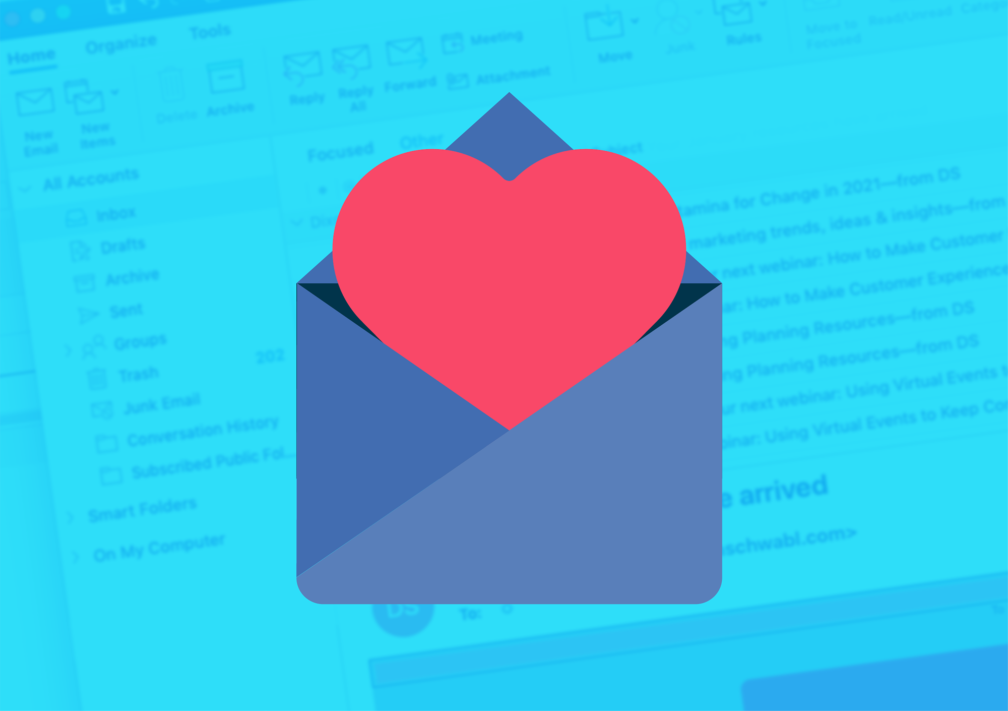Blog
Amplification

Email Marketing: A Key Relationship Builder
According to recent studies, people prefer to be contacted by brands via email. Why? Because email is a channel with built-in control.
It’s permission-based: Every subscriber in your program has raised their hand to say they want to hear from you. It’s personal: You’re not broadcasting a generic message across social media, and you aren’t interrupting their browsing with an ad that might not even apply to their experience. Your subscribers choose when to go to their inbox and whether to give their attention to the messages there.
It’s your job to make that moment of interaction count. So how to you build and foster that relationship with your subscribers?
Consistency | Accessibility | Vulnerability | Growth
Your name carries weight and meaning with your subscribers. They’ve chosen to give you access to their inbox and an opportunity to share your content. Show up in the inbox on a regular basis. Cadence will look different for everyone, but make sure you don’t leave a gap long enough for them to forget your name. When you work with your customers to set and uphold expectations with your communications, you build trust over time. They’ll turn to you for solutions because they know they can count on you.
Every email address is a person, and every person has a different lived experience. While you can’t create 3 billion different emails, you can improve your program for everyone with just a few updates. Those fall into three main categories: copywriting, design and code.
Copy
Keep your copy concise, free of jargon and written with attention to how it will sound when read by assistive technology, like a screen reader.
Design
Your design should include a strong visual hierarchy, underlines to highlight links you want people to click on and a reliance on live text whenever possible.
Code
Make sure your code is built with accessible tables that contain role attributes to define which content gets read by screen readers. Alt text to describe your images should also always be used, as should semantic HTML (headline elements, paragraph tags, blockquotes and buttons) and a language attribute.
These are the basics, but it’s a rich vein, so look for another blog on accessibility soon!
Always remember that there are humans on both sides of the email experience. You can build trust and affinity with those on the receiving end by being honest and authentic with your brand’s voice. People know your emails aren’t there only for them to enjoy, but also to give them the opportunity to provide value back to you (through engagement, sales conversion, etc.).
Be open with the struggles and vision of your business. That vulnerability lets your customers feel like partners in your success and encourages evangelism.
Takeaway:
Maybe you read “growth” above and thought about things like adding list subscribers, getting better engagement numbers or making more sales. Those things are super important, but they’re the product of the growth that I’m talking about. To grow your business, you need to add value for your subscribers. And you do that by finding out what they need and delivering that in the way that only your business can. That takes research, empathy, and a plan to test and learn what works for your subscribers.
Get Your Free Email Marketing Tip Sheet
Consistency, accessibility, vulnerability and growth will help deepen your relationship with your email subscribers. But you need to have a strong foundation to build those relationships on, so make sure you take some time to go back to some of the basics of email marketing.
Emily Benson
Emily Benson sends emails with strategy, smarts and messages that reach the right audiences and spark action.